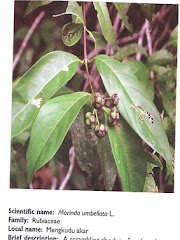Agroforestry is an integrated approach of using the interactive benefits from combining trees and shrubs with crops and/or livestock. It combines agricultural and forestry technologies to create more diverse, productive, profitable, healthy and sustainable land-use systems
"Agroforestry is a collective name for land use systems and practices in which woody perennials are deliberately integrated with crops and/or animals on the same land management unit. The integration can be either in a spatial mixture or in a temporal sequence. There are normally both ecological and economic interactions between woody and non-woody components in agroforestry". -World Agroforestry Centre (ICRAF) 1993
In agroforestry systems, trees or shrubs are intentionally used within agricultural systems, or non-timber forest products are cultured in forest settings. Knowledge, careful selection of species and good management of trees and crops are needed to optimize the production and positive effects within the system and to minimize negative competitive effects.
In some areas, a narrow definition of agroforestry might simply be: trees on farms [1]. Hence, agroforestry, farm forestry and family forestry can be broadly understood as the commitment of farmers, alone or in partnerships, towards the establishment and management of forests on their land. Where many landholders are involved the result is a diversity of activity that reflects the diversity of aspirations and interests within the community.
Agroforestry systems can be advantageous over conventional agricultural and forest production methods through increased productivity, economic benefits, social outcomes and the ecological goods and services provided.
Biodiversity in agroforestry systems is typically higher than in conventional agricultural systems. Agroforestry incorporates at least several plant species into a given land area and creates a more complex habitat that can support a wider variety of birds, insects, and other animals. Agroforestry also has the potential to help reduce climate change since trees take up and store carbon at a faster rate than crop plants.
Alley cropping, sometimes referred to as 'sun systems', is a form of Intercropping, and can be applied by farmers as a strategy to combat soil erosion, to increase the diversity of farmland, as a means for crop diversification and to derive other integrated benefits. In this practice, crops are planted in strips in the alleys formed between rows of trees and/or shrubs. The potential benefits of this design include the provision of shade in hot, dry environments (reducing water loss from evaporation), retention of soil moisture, increase in the structural diversity of the site and wildlife habitat. The woody perennials in these systems can produce fruit, fuelwood, fodder, or trimmings to be made into mulch.
Forest Farming
Forest farming, also known as 'shade systems', is the sustainable, integrated cultivation of both timber and non-timber forest products in a forest setting. Forest farming is separate and distinct from the opportunistic exploitation / wild harvest of non-timber forest products. Successful forest farming operations produce: mushrooms, maple and birch syrup, native plants used for landscaping and floral greenery (e.g. salal, sword fern, bear grass, cedar boughs and others), medicinal and pharmaceutical products (e.g. ginseng, goldenseal, cascara or yew bark), wild berries and fruit.
Riparian Buffers and Integrated Riparian Management
Riparian buffers are managed forest and shrubs belts in areas bordering lakes, streams, rivers, and wetlands. Integrated riparian management systems are used to enhance and protect aquatic and riparian resources as well as generating income from timber and non-timber forest products. Similar to shelter and timberbelts, integrated riparian management systems can employ a wide variety of tree and shrub species, with specific plantings tailored to suit the specific growing conditions and production opportunities.
Other uses
Agroforestry practices may also be employed to realize a number of other associated Environmental Services, including:
• Carbon sequestration
• Odour, dust, and noise reduction
• Waste water or manure management (e.g. utilizing urban waste water on intensive, short rotation forests for wood fibre production)
• Green space and visual aesthetics.
• Enhancement or maintenance of wildlife habitat.
أَلَمْ تَرَ أَنَّ اللَّهَ يُسَبِّحُ لَهُ مَنْ فِي السَّمَاوَاتِ وَالأرْضِ وَالطَّيْرُ صَافَّاتٍ كُلٌّ قَدْ عَلِمَ صَلاتَهُ وَتَسْبِيحَهُ وَاللَّهُ عَلِيمٌ بِمَا يَفْعَلُونَ Tidakkah kamu tahu bahwasanya Allah: kepada-Nya bertasbih apa yang di langit dan di bumi dan (juga) burung dengan mengembangkan sayapnya. Masing-masing telah mengetahui (cara) solat dan tasbihnya, dan Allah Amat Mengetahui apa yang mereka kerjakan. an-Nur:41
Tazkirah
Sami Yusuf_try not to cry
mu'allim Muhammad Rasulullah Sallallahu alaihi waSalam
ummi_mak_mother_ibu_Sami Yusuf
zikir Tok Guru Nik Abdul Aziz Nik Mat Mu'allimul Mursyidi
syeikh masyari afasi
ruang rindu
song
Arisu Rozah
Usia 40

Mudah mudahan diluaskan rezeki anugerah Allah
usia 40 tahun

UPM

Kuatan Pahe Darul Makmur
pemakaian serban semsa menunaikan solat_InsyaAllah ada sawaaban anugerah Allah
Rempuh halangan

Abah_menyokong kuat oengajian Ijazah UPM

usia 39 tahun

usia 23 tahun_UPM
An_Namiru

Ijazah Pengurusan Hutan UPM

General Lumber_Nik Mahmud Nik Hasan

Chengal

Tauliah

Semasa tugas dgn general lumber

PALAPES UPM

UPM

Rumah yang lawa

Muhammad_Abdullah CD
semasa bermukim di Kuatan Pahe Darul Makmur
Ijazah

air terjun

Borneo land

GREEN PEACE
GREEN PEACE
Kelang

Ahlul Bayti_ Sayid Alawi Al Maliki

Asadu_ Tenang serta Berani

atTiflatul Falasthiniin

Sayid Muhammad Ahlul Bayt keturunan Rasulullah

AnNamiru_SAFARI_Kembara

AnNamiru_resting

Hamas

sabaha anNamiru fil nahri

Namir sedang membersih

Tok Guru Mualimul_Mursyid

An_Namiru
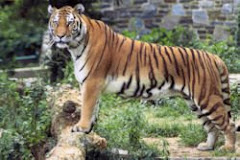.jpg)
Namir_istirehat
.jpg)
SaaRa AnNamiru fil_Midan
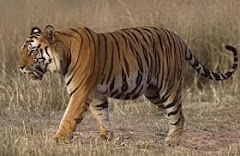.jpg)
Renungan Sang Harimau_Sabaha AnNamiru
.jpg)
Syaraba AnNamiru Ma_A
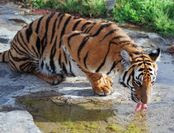.jpg)
AnNamiru_Riadhah
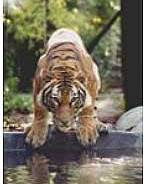.jpg)
AnNamiru_Riadhah
.jpg)
AnNimru ma_A waladuha
Namir fil_Ghabi (sebut Robi...
Namir

AdDubbu_Beruang di hutan

Amu Syahidan Wa La Tuba lil_A'duwwi

AsSyahid

Namir

Tangkas
najwa dan irah

sungai

najwa

najwa

Kaabatul musyarrafah

unta

Jabal Rahmah

masjid nabawi

masjid quba

dr.eg

najwa dan hadhirah

along[macho]
![along[macho]](https://blogger.googleusercontent.com/img/b/R29vZ2xl/AVvXsEjuMi7D33CmR0_KXrCW2XigfLcUuQurcvtqOS139ncCwEzCyB-jUopk7QK7anADIenJEm2S0N6gAY1ubnACYXewgiAsI3rBjnLTawM39alLL-rEopOoVqn0w5WpLhPJH3hrXNtchEhgtyaI/s240/P7150023.JPG)
harissa dan hadhirah

adik beradik
Tongkat Ali

Tongkat Ali
herba kacip Fatimah
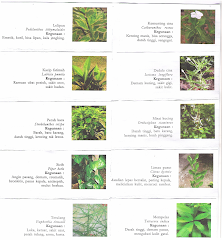
herba Kacip Fatimah
hempedu beruang
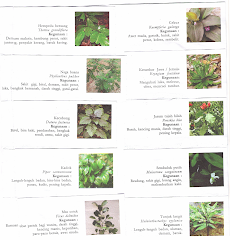
hempedu beruang
hempedu bumi

hempedu bumi
herba misai kucing

herba misai kucing
herba tongkat Ali
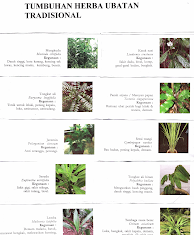.png)
Tongkat Ali
Ulama'

Ulama'
kapal terbang milik kerajaan negara ini yang dipakai pemimpin negara

kapal terbang
Adakah Insan ini Syahid

Syahid
Tok Ayah Haji Ismail

Saifuddin bersama Zakaria

Dinner....
Sukacita Kedatangan Tetamu
Pengikut
Kalimah Yang Baik

Ubi Jaga
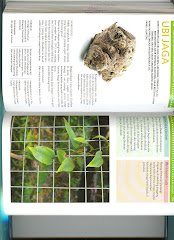
Ubi Jaga
Arkib Blog
Burung Lang Rajawali

Chinese Sparrowhawk
Kelicap Mayang Kelapa
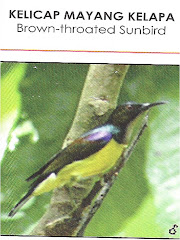
Brown-Throated Sunbird
Kopiah

Pokok Damar Minyak

Kacip Fatimah
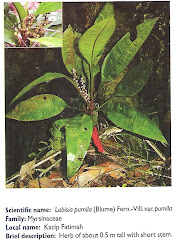
Mengkudu Akar
